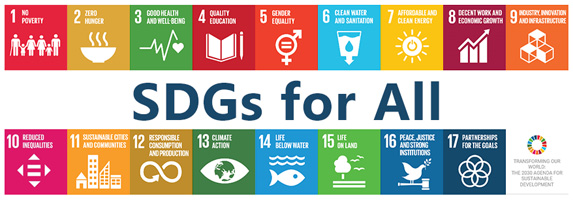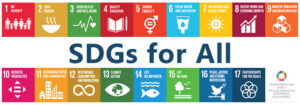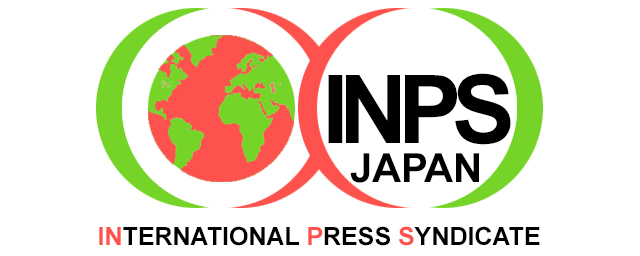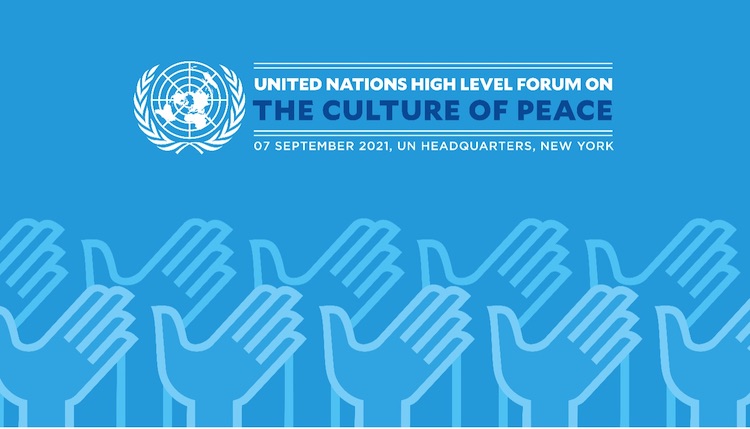By Thalif Deen
NEW YORK (IDN)— Since its creation 76 years ago, the United Nations has been preoccupied with one of its primary mandates, namely, maintaining international peace and security.
But over the years, that mandate has been extended to include peacekeeping, peace-building, nuclear disarmament, preventive diplomacy, and more recently, a culture of peace. GERMAN | ITALIAN | JAPANESE
A former UN Secretary-General, the late Kofi Annan, provided a classic definition when he said: “Over the years, we have come to realize that it is not enough to send peacekeeping forces to separate warring parties. It is not enough to engage in peace-building efforts after societies have been ravaged by conflict. It is not enough to conduct preventive diplomacy’
“All of this is essential work,” he said, “but we want enduring results. We need, in short, the culture of peace.”
UN Secretary General António Guterres told delegates at the virtual High-Level Forum on the Culture of Peace on September 7: “Not since the United Nations was founded have we faced such a complex and multidimensional threat to global peace and security”.
In the face of this grave danger, he stressed, it is more important than ever to work for a culture of peace, as the essential foundation for global cooperation and action.
The concept of a culture of peace, he said, has its genesis in an initiative put forward more than 20 years ago by Anwarul K. Chowdhury, a Bangladeshi diplomat and former senior UN official.
Ambassadors have met annually since 2012 to uphold their commitment to the Declaration and Programme of Action on a Culture of Peace, which the UN General Assembly adopted by consensus and without reservation on September 13, 1999, said Guterres.
The keynote speech at the high-level forum was delivered by Dr. Beatrice Fihn, Executive Director of Nobel Peace Prize winning organization, International Coalition for the Abolition of Nuclear Weapons (ICAN). She is the Sixth Nobel Peace laureate as the keynote speaker at the Culture of Peace Forums. She said she was honoured to say proudly that all of them are distinguished women Nobel laureates.
Ambassador Chowdhury, the initiator of that historic 1997 General Assembly resolution, told delegates that many treat peace and culture of peace synonymously.
But there is a subtle difference between peace as generally understood and the culture of peace, he pointed out.
“Actually, when we speak of peace we expect others, namely politicians, diplomats or other practitioners to take the initiative while when we speak of the culture of peace, we know that initial action begins with each one of us”, said Ambassador Chowdhury, founder of The Global Movement of the Culture of Peace (GMCoP) and former UN Under-Secretary-General.
For more than two decades, Ambassador Chowdhury has helped advance the culture of peace “which aims at making peace and non-violence a part of our own self, our own personality—a part of our existence as a human being.”
In 1997, he took the lead in proposing, along with other Ambassadors, in a letter to the newly-elected Secretary-General Kofi Annan to include a specific, self-standing agenda item of the UN General Assembly (UNGA) on culture of peace.
A new agenda item was thus agreed upon after considerable negotiating hurdles and the new item was allocated to the plenary of the General Assembly for discussion on an annual basis.
The General Assembly also adopted a resolution to declare the year 2000 the “International Year for the Culture of Peace”, and in 1998, a resolution to declare the period from 2001 to 2010 as the “International Decade for the Culture of Peace and Nonviolence for the Children of the World”.
On September 13, 1999, the United Nations adopted the Declaration and Programme of Action on the Culture of Peace, a monumental document that transcends boundaries, cultures, societies and nations.
“It was an honour for me to Chair the nine-month long negotiations that led to the adoption of this historic norm-setting document by consensus,” said Ambassador Chowdhury.
Asked to assess the progress made so far, he told IDN: “At this year’s annual UN High Level Forum on The Culture of Peace on September 7, as the Chair of its Panel Discussion, I repeated my concern that unfortunately, the Culture of Peace has yet to attain its worth and its due recognition at global as well as at national levels as a universal mandate for the humanity to attain sustainable peace in the true sense.”
Asked about the prospects for the future and any plans to advance the concept in the UN system, he said the Declaration and Programme of Action on Culture of Peace adopted in 1999 by consensus without any reservation is a landmark document of United Nations.
“The Organization should own it and internalize its implementation throughout the UN system. There seems to be lethargy in that direction because, I believe, the Secretary-General needs to make the culture of peace a part of his leadership agenda. We should get that attention and engagement from him.”
Also, he said, the UN entities, at least most of them, are preoccupied with what is known as “active agenda” which is a kind of daily problem-solving or problem-shelving.
“That means no opportunities to focus on longer term, farsighted objective of sustainable peace with a workable tool that UN possess in the culture of peace programme adopted by itself. It is like a person who needs a car to go to work and has a car… but with a minimal interest in knowing how to drive it,” he declared.
Meanwhile, according to a concept note, this year’s theme for the High-Level Forum was expected “to provide a platform to explore and discuss multiple ways and means for empowering all segments of the society, towards a resilient recovery, including by ensuring vaccine equity, bridging digital divide, ensuring equality and empowerment of women and harnessing the power of youth, among others”.
Over the years the scope of the Culture of Peace has expanded and became more relevant than ever. The concept now embraces a wide range of related issues and multiple resolutions are now adopted under this agenda item.
This year’s high-level forum took place at a time when the international community is still facing the enormous challenge presented by the all-embracing and debilitating impact of the apparently never-ending COVID-19 pandemic.
While the recovery efforts are ongoing, a large part of the world is still engaged in a life-or-death battle with the virus and its variants. Inequality and violations of human rights is widening in multiple forms and dimensions.
Hate speech, extremism and xenophobia manifested in most cases with violence, are on the rise. On top of all these, the emerging “vaccine nationalism” threatens to undermine the efforts to end the pandemic globally.
It is, therefore, an imperative to inculcate the values of the Culture of Peace among nations, societies and communities, with particular attention to the younger generation, through promotion of compassion, tolerance, inclusion, global citizenship and empowerment of all people, the note declares. [IDN-InDepthNews – 10 September 2021]
Image credit: United Nations




